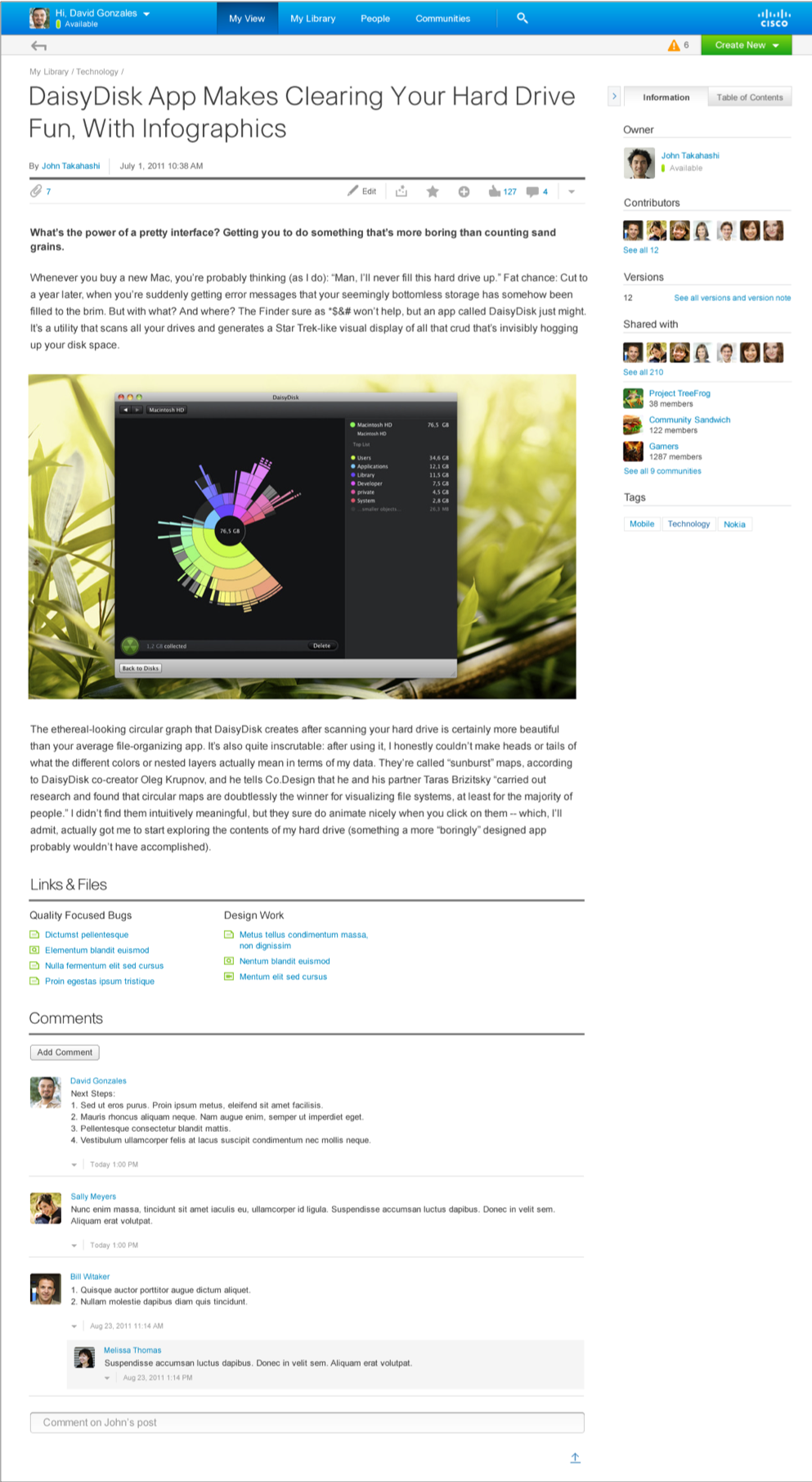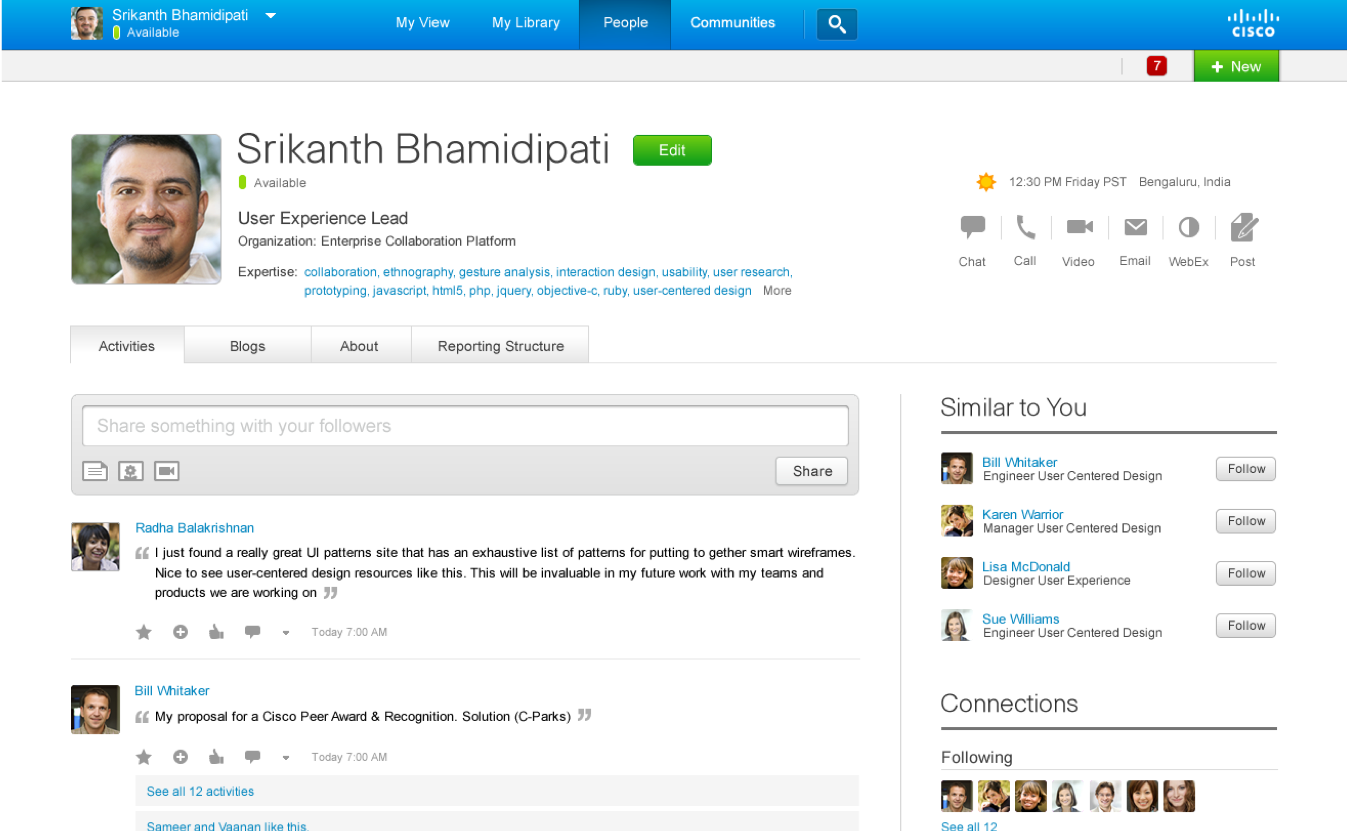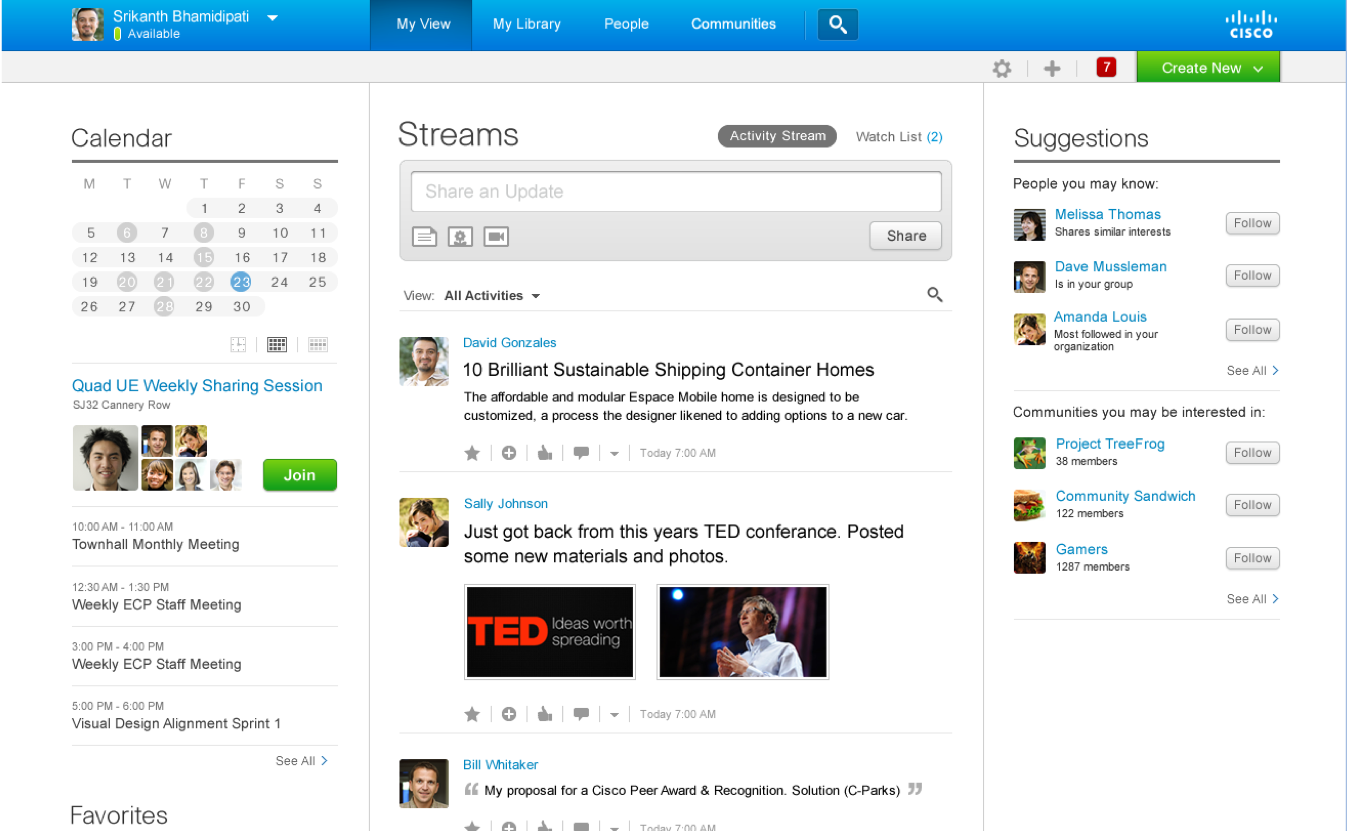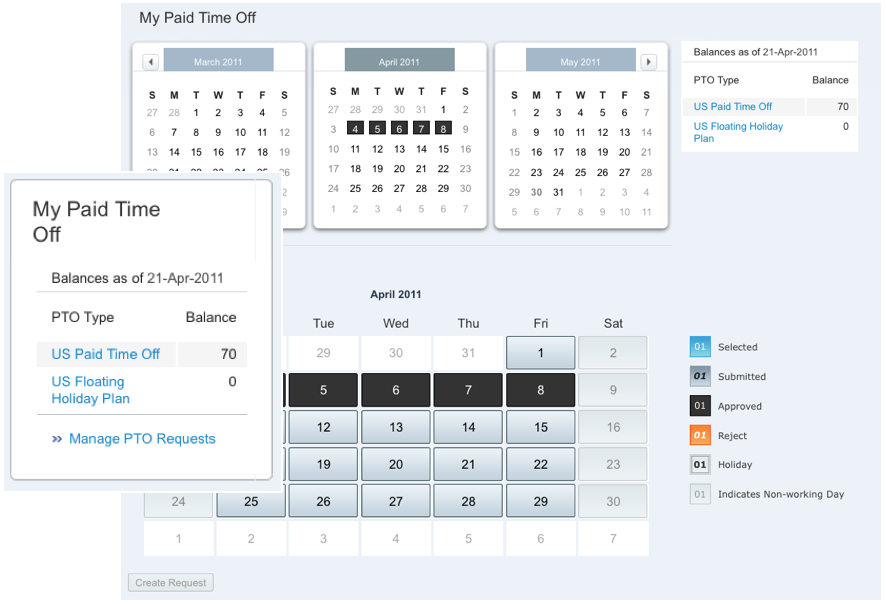Situation
Circa 2010 there was still a large percentage of businesses that didn’t believe that your online social behaviors belonged at work. They didn’t understand that gone were the days of people behaving one way at work, and another in their personal lives. Smartphones eliminated the segregation of work and personal time, it was blended. And more importantly the employees expectation of workplace collaboration tools changed with it. CIOs were scrambling for a solution to how to support the future of work, and keep employees productive in this ever changing digital landscape.
“For the first time in history, we can have the economic benefits of large organizations without giving up the human benefits of small ones.”
Thomas W. Malone – The Future of Work
The user experience team I led focused on the future of work. Using our HCD toolset, we provided design driven guidance on how best to define the new Enterprise Social Software Platform market. We were early, and it was a greenfield.
We started with an in-depth global field study to really see how people worked. We had a mix of high and low touch research resulting in 200+ interviews, 180+ hours of observation and video journaling, six home visits, and 34 relationship maps. We spent the next several weeks distilling the behavioral insights.
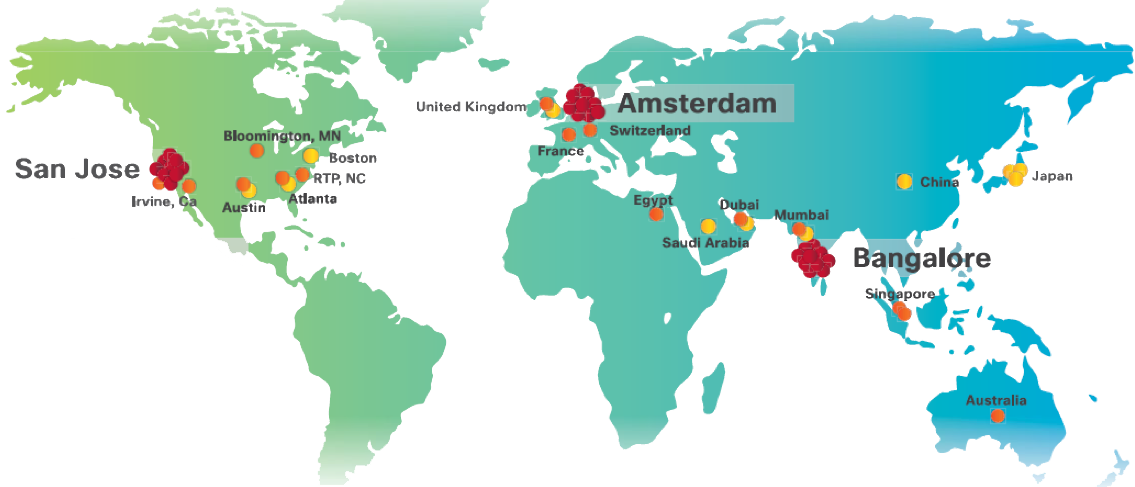
Several meaningful insights helped form our future work. The major thread was that the tools supporting collaboration across virtual teams was fundamentally broken. It didn’t just confirm our hypothesis, but it outlined the key inflection points in how people worked. We now knew where the success and failures were, and gave us the opportunity to learn from both.
“A meeting happens, then work happens during the week in asynchronous mode until you get back together.”
Virtual teams were acting as individuals anytime they weren’t together. The tool’s workflows didn’t support collaboration, they generally focused on broadcasting in one flavor or another. And the major failure was that the natural lifecycle of content was all together ignored.
We had over 500 office in 128 countries collaboration was a way of life. We were at a major inflection point, and it was time to figure what we should do about it.
Action
My team took these insights and our experience managing the intranet employee experience and distilled it into a few major concepts. At the time we did this, it was game changing. LinkedIn had just started, Facebook was just starting to take off. What we were looking to build was all new, it reset the enterprise collaboration experience. Even now it is rare to find an employee experience take comes close to what we set out to deliver.
The major concepts were:
- Adapt to your mental model by pivoting your context between a People, Communities, and Information bias, using your social graph.
- Provide a view (activity stream) into what your co-workers were doing, and enable you to participate real-time.
- Allow mini-applications to be quickly built and then live on a personalized portal to provide a better more focused user experience than their parent native applications.
- And most uniquely…Enable content (a Post) to live a complete lifecycle. Going from a private note, to a jointly authored public document without ever having to copy and paste between tools.
Results
Over the course of several releases, the product delivered on all four of the major concepts. The user task success rates and adoption was spot on.
WebEx Social allowed users to follow their own mental model. If they were looking for a person with a set of expertise, they could find them. If they were interested in a topic, they found the content. If they wanted to participate in a community around a topic or task, it was easy to do that.
The activity stream provided insight into what their team was doing. We built them a multi-modal platform that allowed them to collaborate both in real-time and asynchronously, and execute their top tasks with great success.
Of the several dozen mini-applications their time savings were off the charts. The time off tool went from the native 19 steps in Oracle, to 3 in the mini-application.
Content wasn’t isolated in a team wiki, or stuck in forum, instead it evolved, grew and was shared across communities. And the content didn’t die when the author changes roles, it lived on with the new stewards.
The Collaboration Work Practice Study insights and opportunities were addressed. Employee success measures were up across the board.
Note: WebEx Social was a hit. But this isn’t a happy ending, the product was EOLd with a change in senior leadership.

